
The color of your car can say more than you might think. Beyond reflecting your personal taste, a vehicle’s hue plays a significant role in its resale value. Whether you’re planning to sell soon or keep your car for years, understanding how color impacts its worth can be crucial.

1. **The Popularity Factor**:
White tops the list as the most popular car color, making up 23.5% of vehicles, followed closely by black at 21.2%. These colors are ubiquitous, but their popularity doesn’t automatically translate to strong resale value.

2. **Depreciation Dynamics**:
Depreciation, the reduction in value over time, is a critical factor. Yellow cars lose the least value over three years, with only 13.5% depreciation, thanks to their rarity and demand.
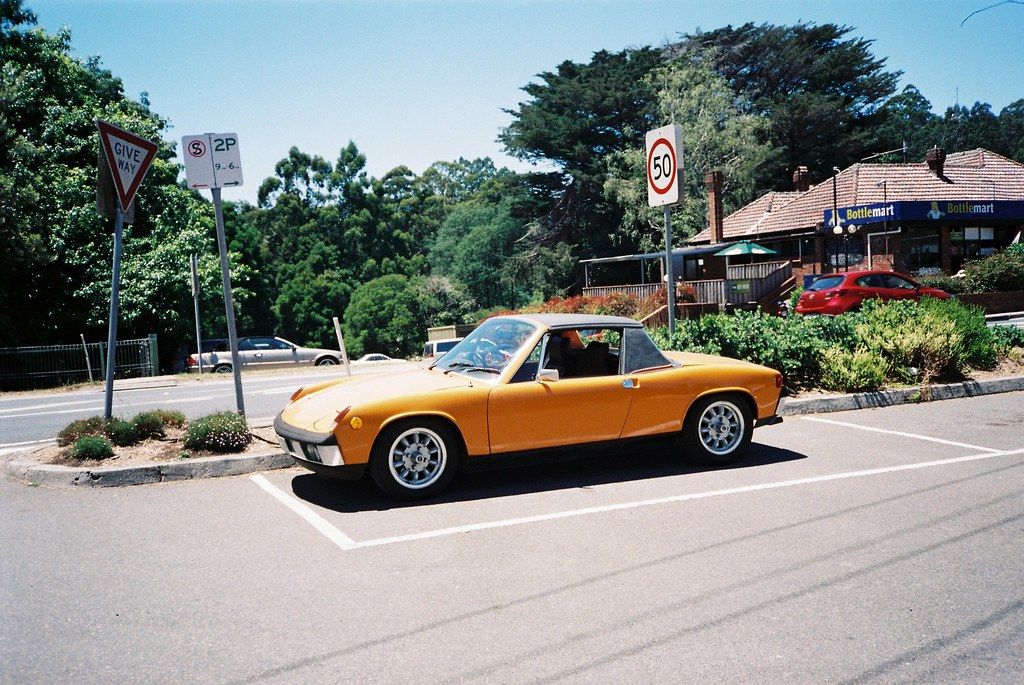
3. **Scarcity Equals Value**:
Less common colors often hold their value better due to their scarcity. Yellow and orange, for example, are harder to find, making them more appealing to specific buyers.

4. **Resale Value Champions**:
Yellow, orange, red, white, and blue are the top performers in resale value. The demand for these colors, combined with their limited availability, gives sellers an edge in negotiations.

5. **The Safety Impact**:
While resale value is vital, safety is another consideration. Bright colors like white and yellow are more visible on the road, potentially reducing accident risks.

6. **Myths About Insurance**:
Contrary to popular belief, car color doesn’t affect insurance premiums. Factors like vehicle age and safety ratings are the real influencers, not the eye-catching ‘viper red.
7. **Market Trends**:
While classic colors like black and white remain consistent in popularity, they depreciate close to the average rate. However, the market trends can shift, affecting resale values.
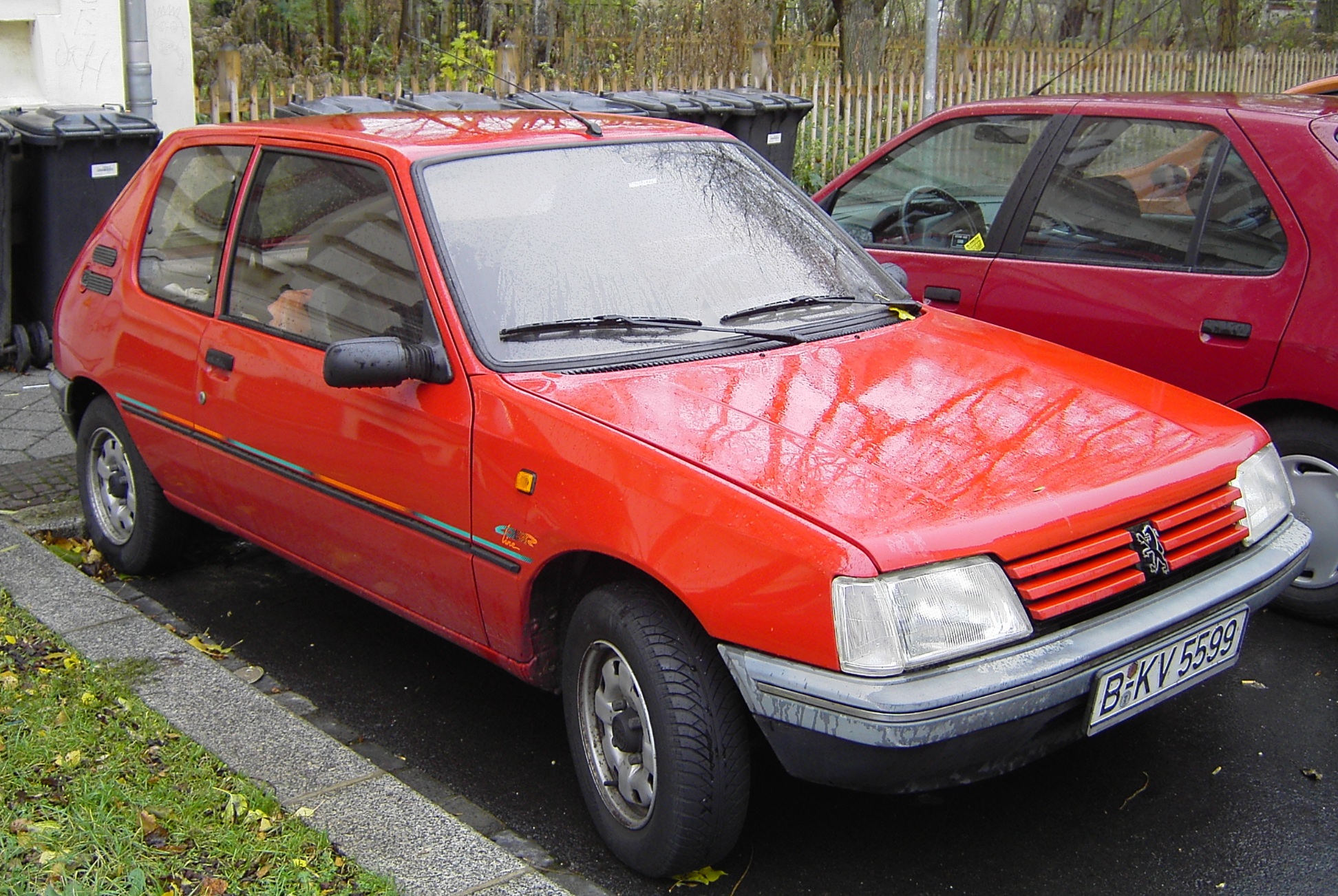
8. **The Big Picture**:
Choosing a car color is not just about personal preference but involves strategic thinking about depreciation, market trends, and even safety. Being informed can lead to better decision-making when buying or selling your vehicle.

9. **Regional Preferences**:
The impact of color preferences can vary significantly based on regional and cultural inclinations. For example, in the UK, cooler shades such as blues and greens may be highly sought after, whereas in warmer areas, earthy tones might be more popular. These regional choices can directly affect a car’s resale value, highlighting the importance of considering your local market when purchasing.

10. **Influence of Fashion Trends**:
Car colors can also be impacted by current fashion trends. A color that is in vogue today might fall out of favor, affecting its resale value. While neon green might stand out now, its allure might diminish over time. Hence, choosing classic colors such as black, white, and silver can offer better long-term value as these shades have consistently shown resilience in terms of popularity.
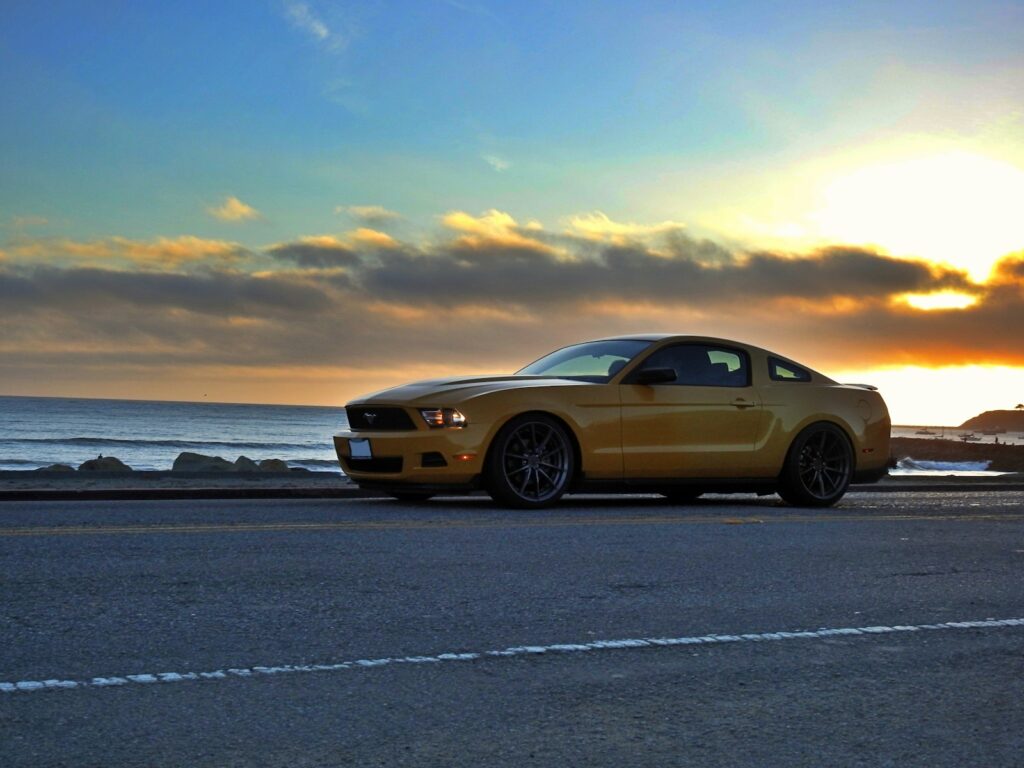
11. **Supply and Demand Dynamics**:
The principle of supply and demand plays a crucial role in determining how a car color holds its value. Cars in less common hues, such as yellow and orange, can command higher resale values due to limited availability. Buyers often pay a premium for these colors, which translates to better returns if you decide to sell your vehicle.
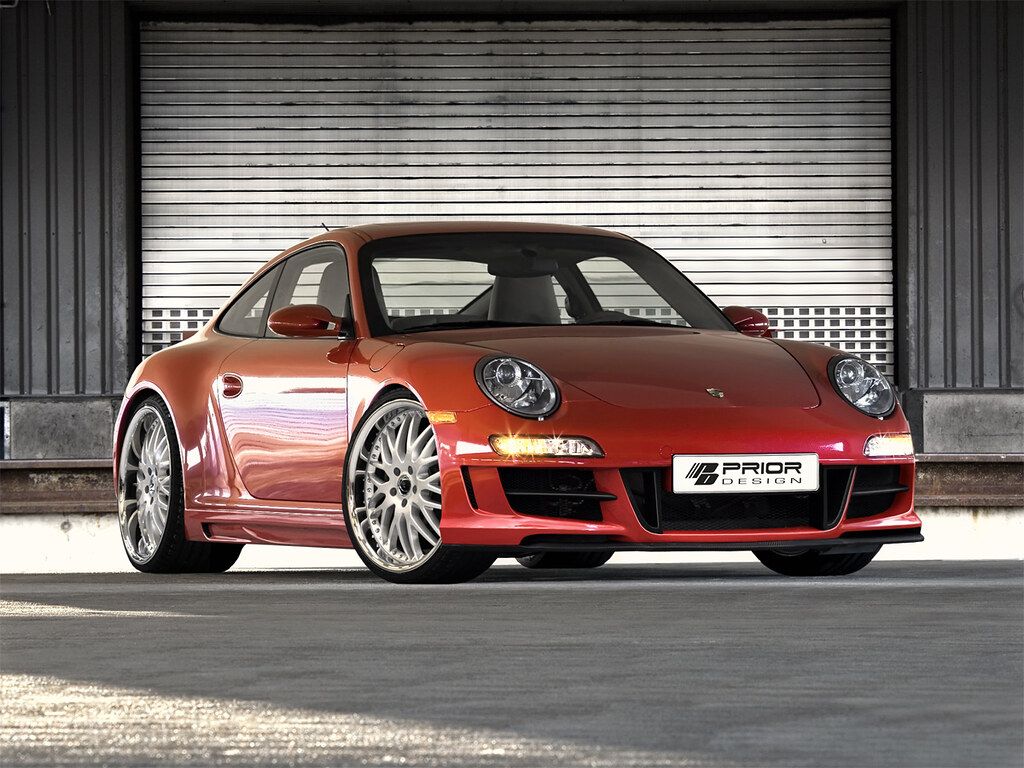
12. **Psychological Impact and Buyer Preferences**:
The psychological effect of car colors on buyers cannot be underestimated. Bold colors like red, associated with excitement and danger, can draw attention and appeal to specific buyer segments. In contrast, neutral shades like beige and gray might appeal to those seeking understated elegance, impacting how different colors perform in resale markets.

13. **Maintenance and Appearance**:
The ease of maintenance is a critical factor for many car owners. Lighter colors, such as white and silver, can hide dirt and minor blemishes better than darker shades, making them easier to maintain. This practicality can be a selling point, positively affecting resale value.

14. **Thermal Comfort and Efficiency**:
The thermal properties of car colors can also play a role in their resale value. Lighter colors reflect sunlight and keep the car cooler, which might be a desirable feature for buyers in hot climates. This reflective property can also contribute to better energy efficiency, as it reduces the need for air conditioning.
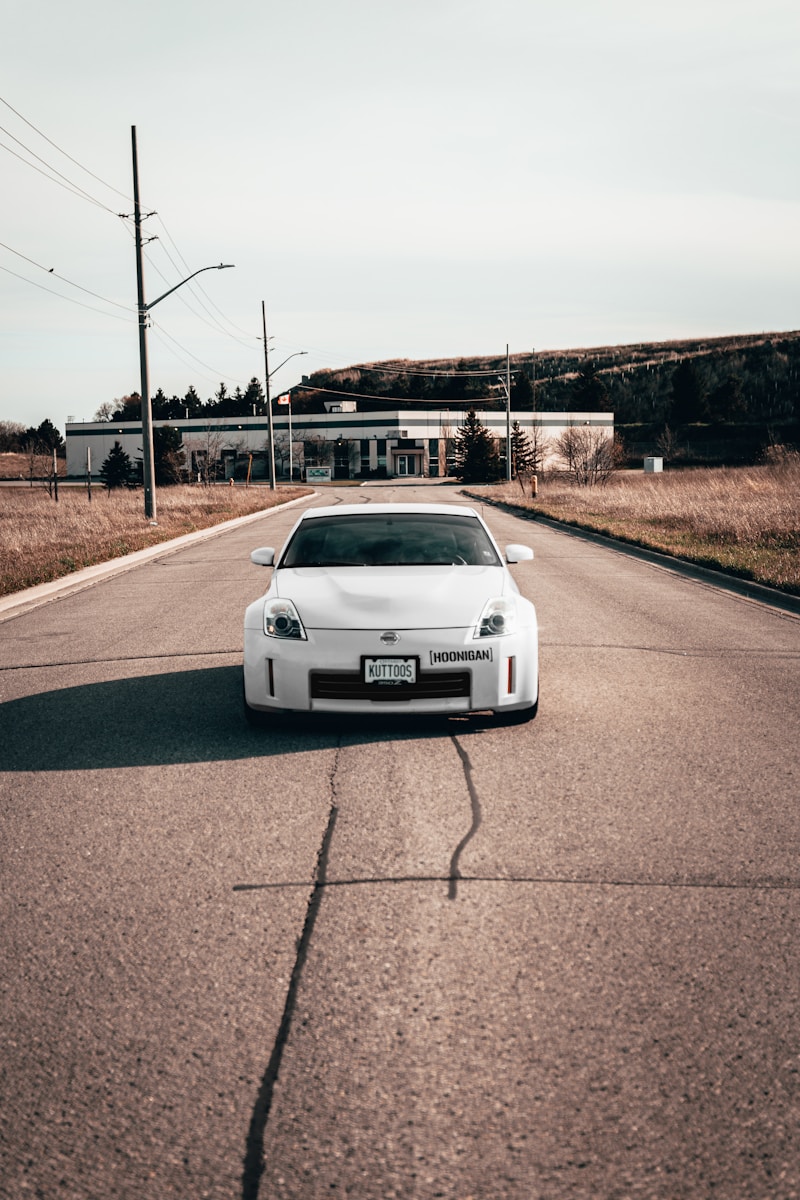
15. **Durability and Longevity**:
The durability of a car’s paint job can influence its resale value. Some colors, particularly darker ones, show signs of aging and fading more rapidly. Lighter colors, especially white, are more resistant to UV ray-induced damage, ensuring they maintain their vibrancy longer, which can be a key consideration for potential buyers.
When selecting a car color, it’s essential to consider not only personal preferences but also the economic, practical, and safety implications. By aligning your choice with market trends and understanding the factors that influence car color value, you can make a smart investment that offers both aesthetic satisfaction and potential financial benefits down the road.




